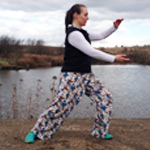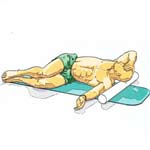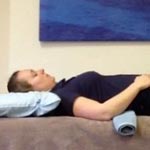
Today I will give a short introduction to the Shibashi sequence I teach and practice. Shibashi is really nice as it is simple and allows everyone, novice or experienced, to practice and relax together. If you thought tai chi has to be serious and martial arts focused think again, this is definitely different, much more in line with a group fitness class such as Yoga. If you have been following me for a while you may have already read the “5 benefits of stress management and reasons to do tai chi before you draw your pension” and “I didn’t like tai chi…”, I think both of these posts are helpful for anyone that is hesitant about incorporating a slow movement practice into their fitness schedule just as much as I was once.



